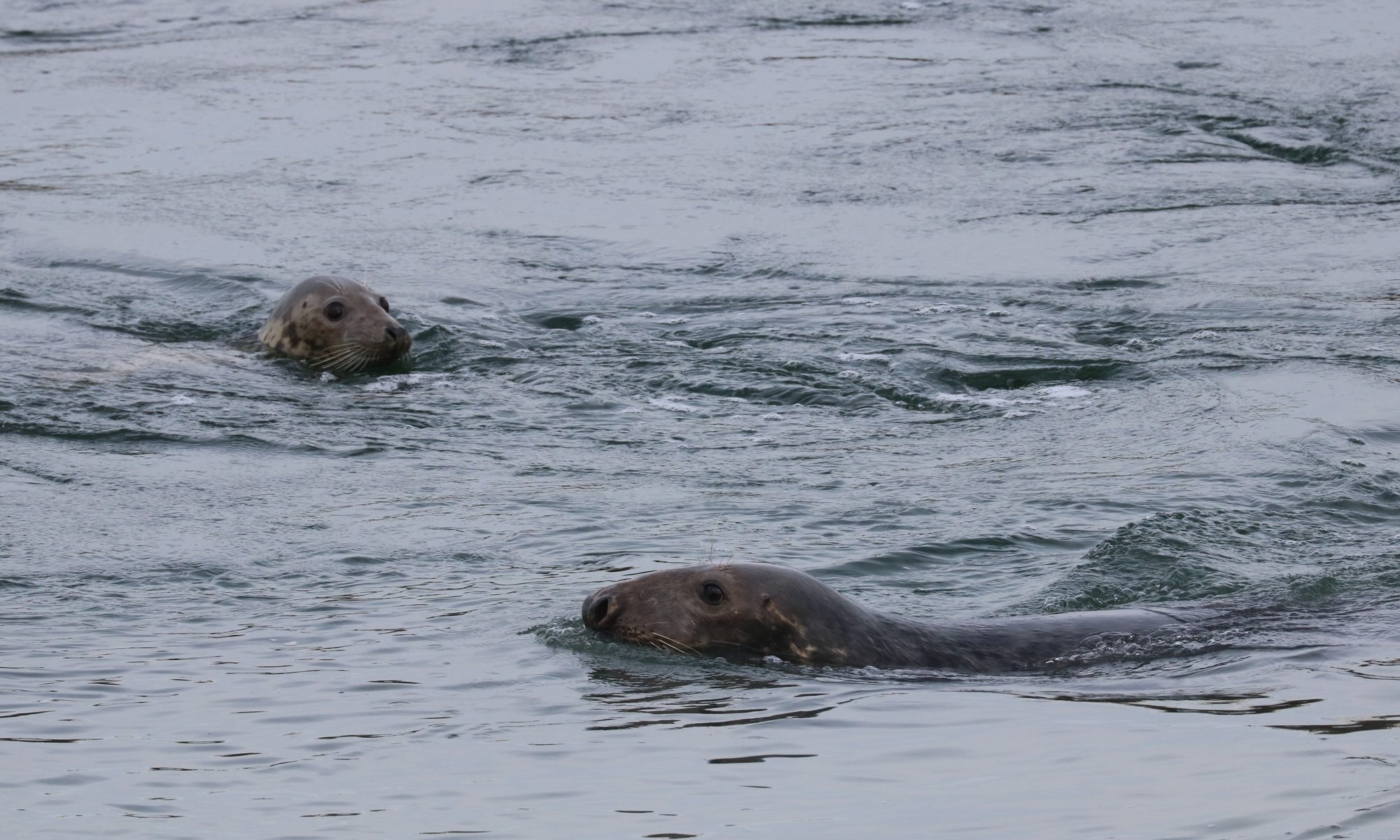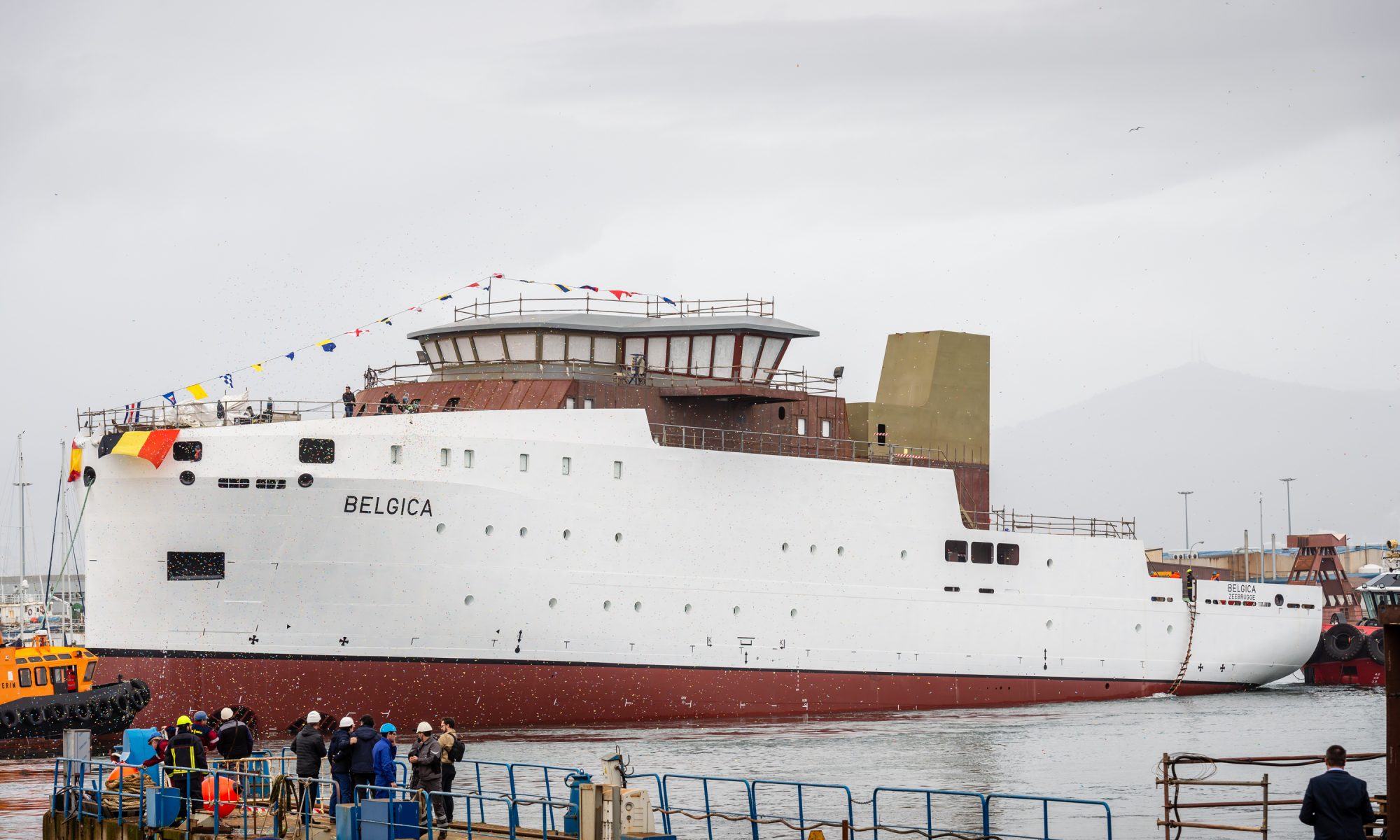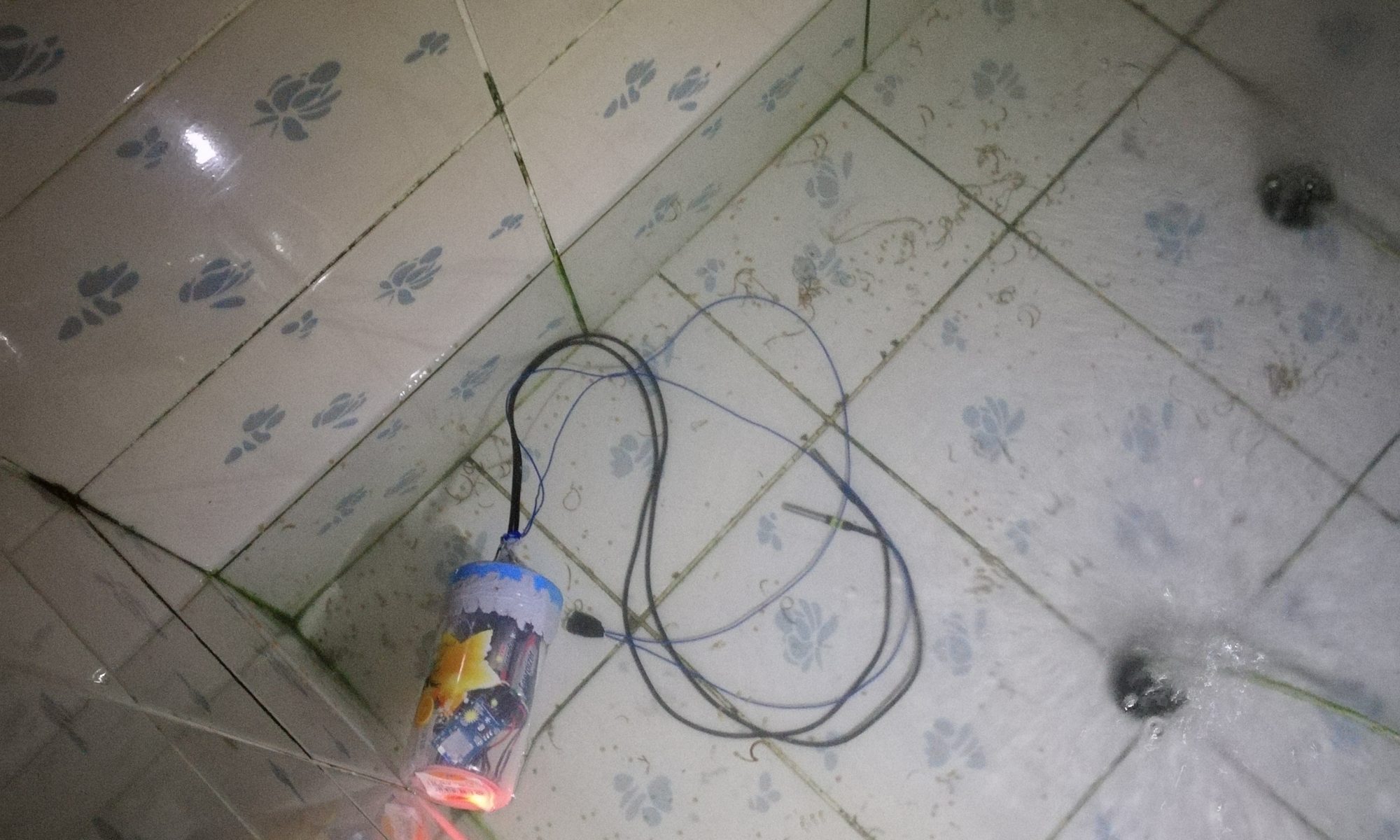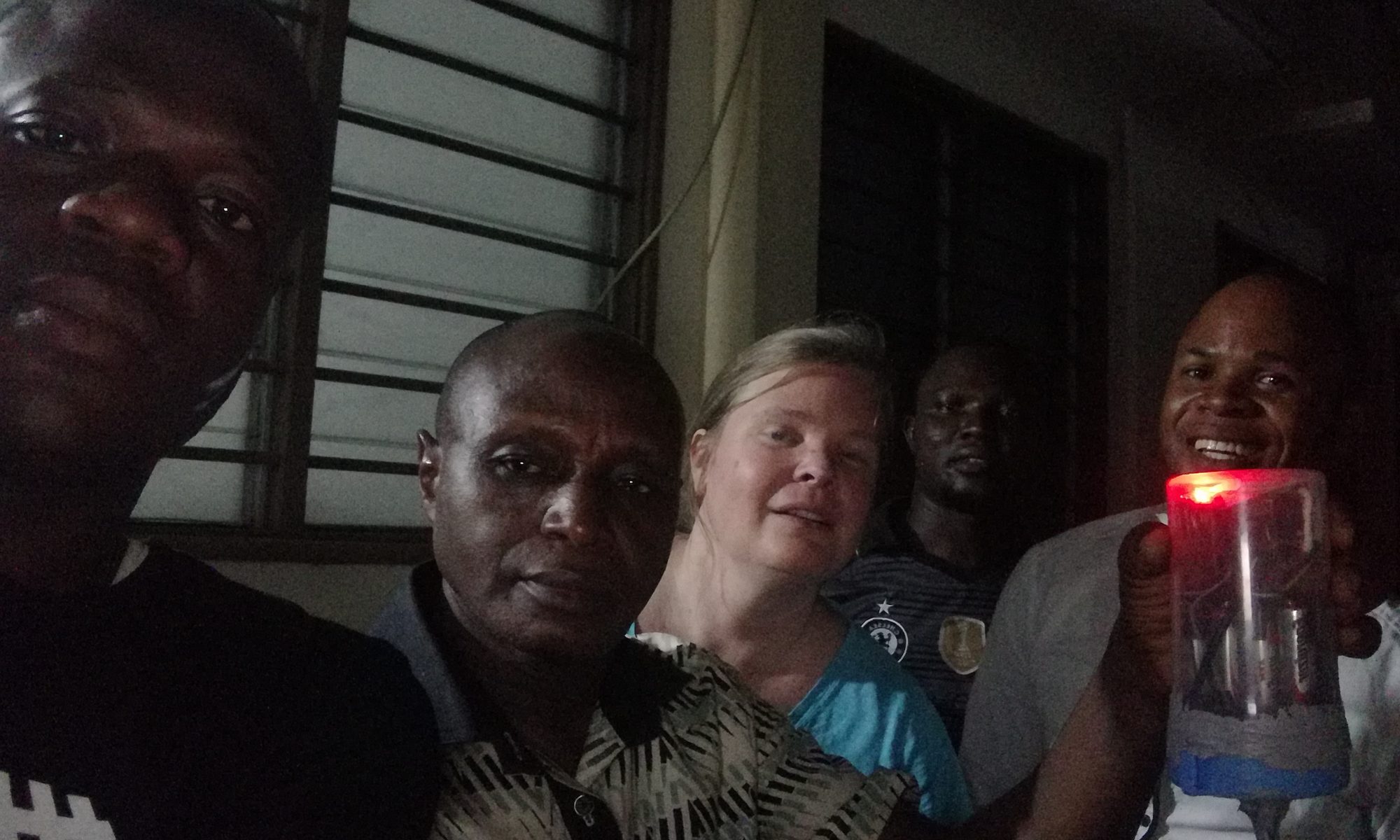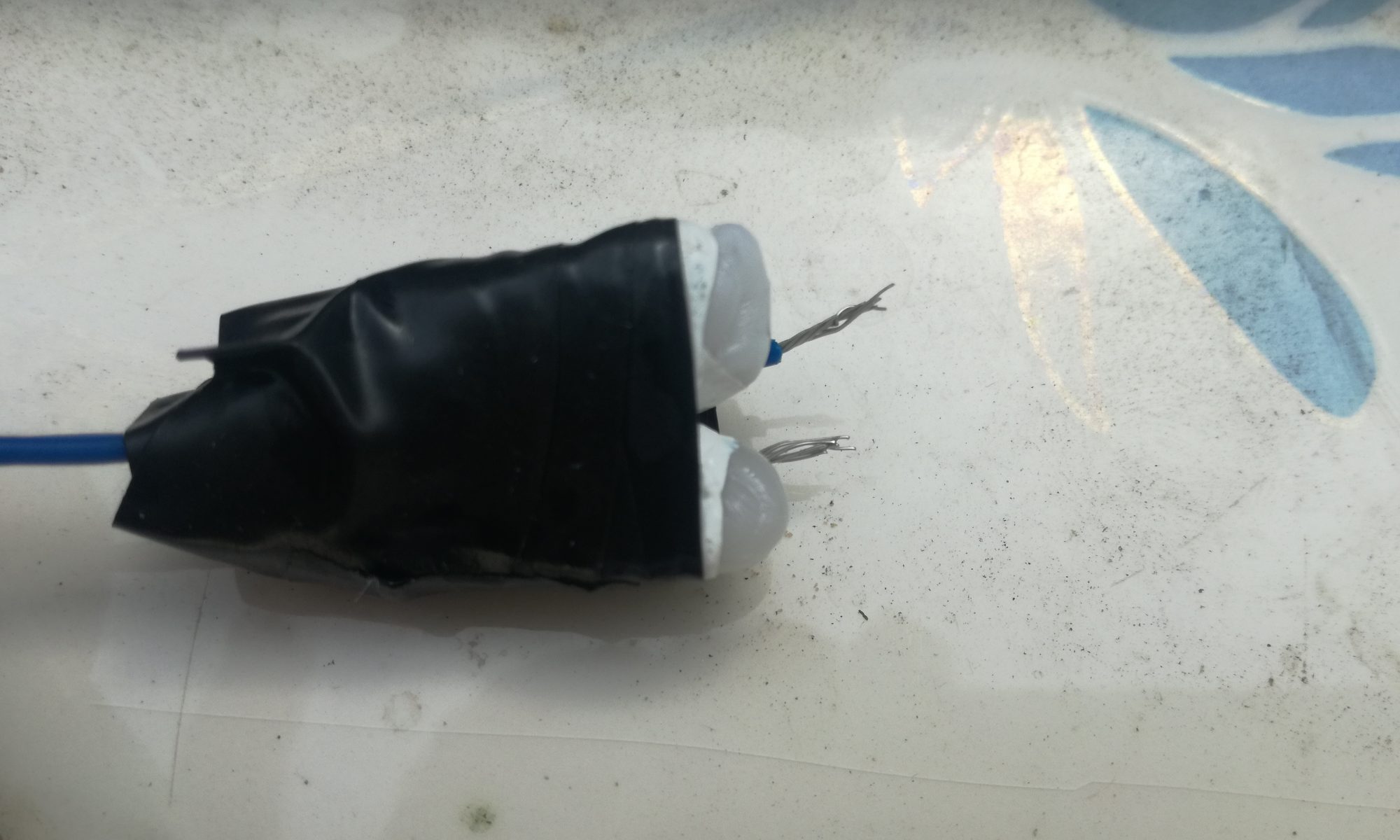Sorry, this entry is only available in Français and Nederlands.
Tracking Predators to Protect Southern Ocean Ecosystems
An international group of scientists has mapped the « hotspots » of biodiversity in the Southern Ocean around Antarctica. As animals go to places where they find food, the researchers managed to do this by collating electronic tracking data of more than 4,000 individuals of 17 species of predators. By regularly analysing such large datasets, we can better protect vulnerable ecosystems.
In a rapidly changing world, we need to know which areas warrant protection from existing, developing and forthcoming threats. This is hard to do objectively in the vast realm of the oceans, and particularly so in the remote Southern Ocean around Antarctica. A paper published this week in the journal Nature (together with a companion data paper in the journal Scientific Data) describes a novel solution to this problem : using electronic tracking data from birds and marine mammals. The Antarctic Biodiversity Portal managed by RBINS was closely involved in collecting, cleaning up and standardizing these data.
The solution relies on a simple principle: animals go to places where they find food. So, identifying areas of the Southern Ocean where predators most commonly go also tells us where their prey can be found. For example, humpback whales and penguins will go to places where they can feed on krill, whereas elephant seals and albatrosses go where they can find fish, squid, or other prey. If all these predators and their diverse prey are found in the same place then this area has both high diversity and abundance of species, indicating that it is of high ecological significance.
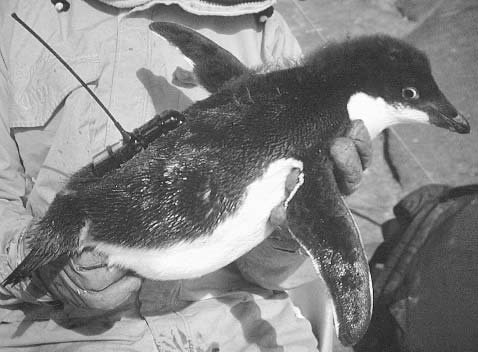
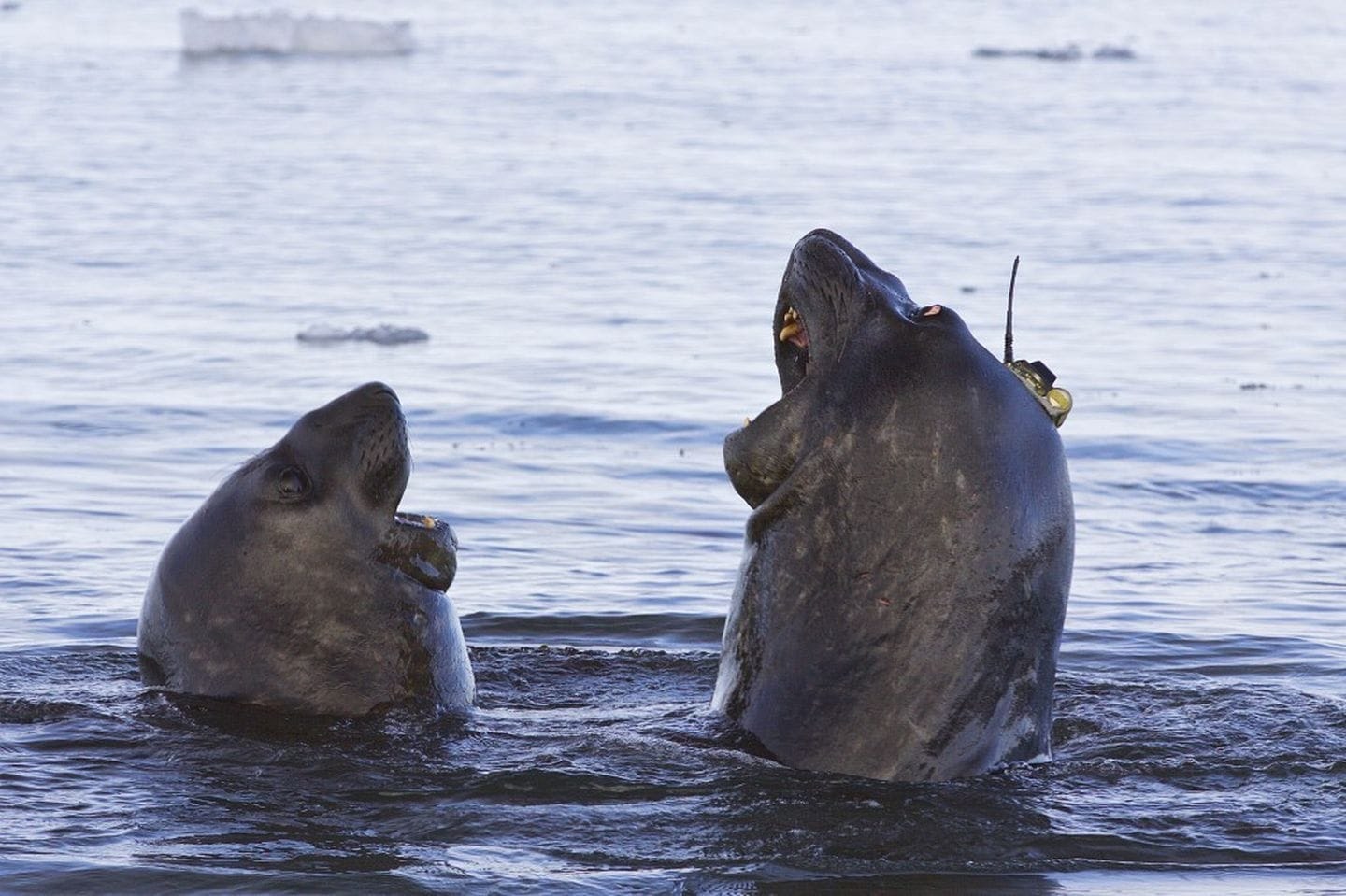
Joining Antarctic Forces
The project was conducted by the Scientific Committee for Antarctic Research (SCAR), with support from the Centre de Synthèse et d’Analyse sur la Biodiversité, France, WWF-UK and many other partners.
SCAR engaged its extensive network of Antarctic researchers to assemble existing Southern Ocean predator tracking data. The result : an enormous database containing tracking data of over 4000 predators from 17 species, collected by more than 70 scientists across 12 national Antarctic programs. « The SCAR Antarctic Biodiversity Portal, that is managed by the Royal Belgian Institute of Natural Sciences (RBINS), was closely involved in collecting, cleaning and standardizing these data. » says RBINS scientist Dr. Anton Van de Putte, who co-authored both papers. He acts as a Belgian scientific representative for both SCAR and the Commission for the Conservation for Antarctic Marine Living Resources (CCAMLR).
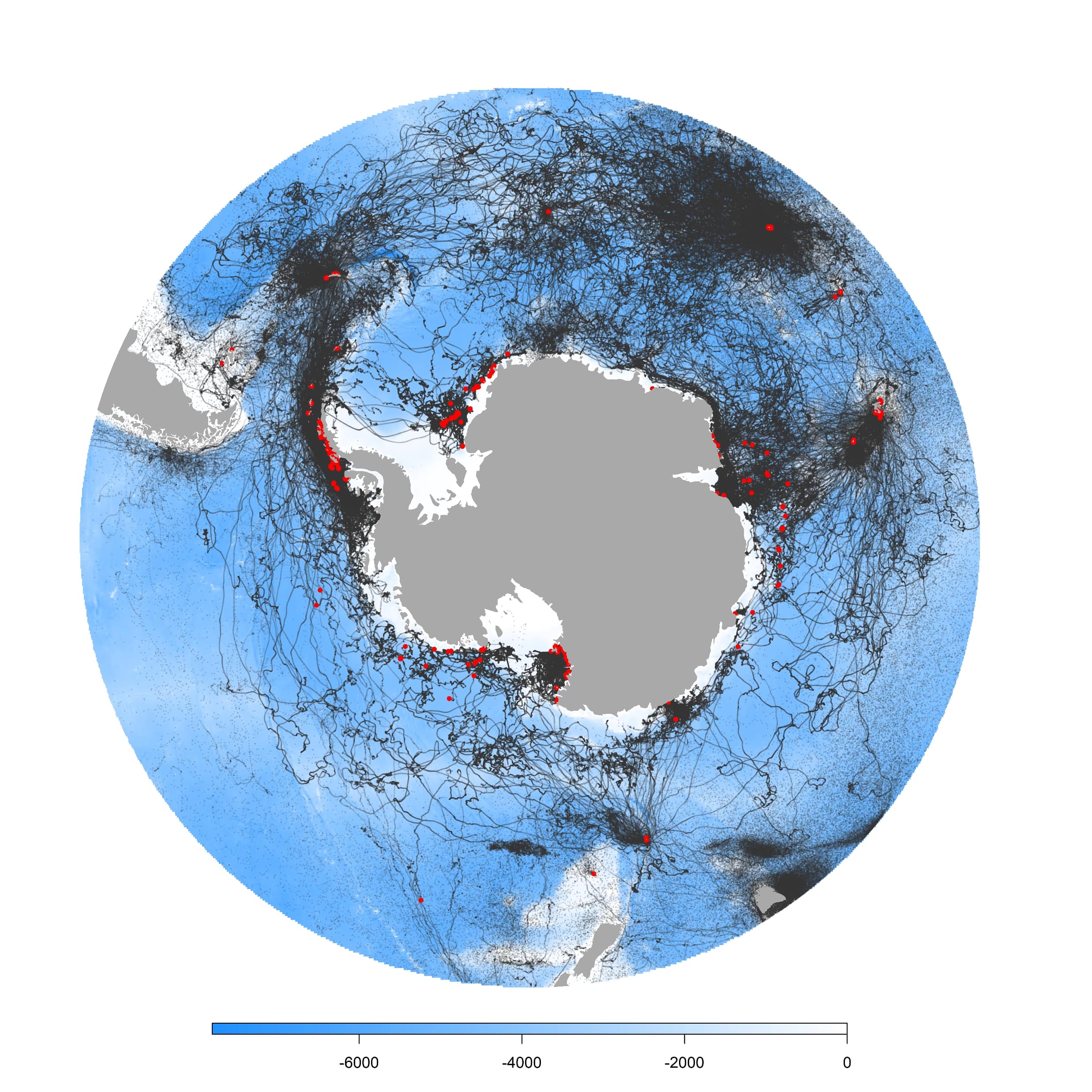
Even this impressive dataset does not directly represent all Southern Ocean predator activity, because it is impossible to track all the breeding colonies of every species. « To overcome this, sophisticated statistical models were used to predict the movements for all known colonies of each of the 17 predator species across the entire Southern Ocean. These predictions were combined to provide an integrated map of those areas used by many different predators with diverse prey requirements. » Van de Putte adds.
Current and Future Areas of Ecological Significance
The most important of these areas – areas of ecological significance – are scattered around the Antarctic continental shelf and in two wider oceanic regions, one projecting from the Antarctic Peninsula engulfing the Scotia Arc, and another surrounding the sub-Antarctic islands in the Indian sector of the Southern Ocean.
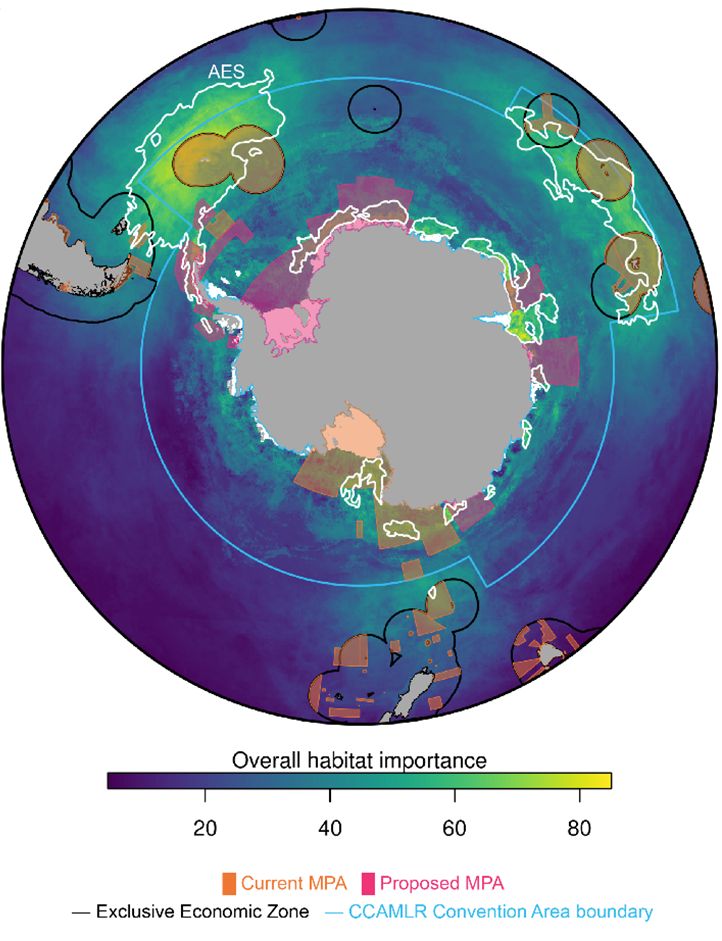
Marine Protected Areas (MPAs) are a crucial tool in the conservation management toolbox. Existing and proposed MPAs are mostly found within the areas of ecological significance, suggesting that they are currently in the right places. Yet when using climate model projections to account for how areas of important habitat may shift by 2100, the existing MPAs with their fixed boundaries may not remain aligned with future important habitats. Dynamic management of MPAs, updated over time in response to ongoing change, are therefore needed to ensure continued protection of Southern Ocean ecosystems and their resources in the face of growing resource demand by the current and future generations.
Van de Putte : « This kind of study indicates the importance of international cooperation and sharing scientific data. Only by combining the data and jointly analyze them, we can come to these results. I look forward to also sharing our future findings and thus to keep contributing to the preservation of the unique Antarctic ecosystems. »
Watch the timelapse video of the data: youtu.be/BUgYD1dQwBI
Seals in Need of Rest: Keeping Distance is Crucial
Seals have become more and more numerous along our coast in recent years, which also increases the chance that people bump into one on the beach. Many people erroneously assume that a seal on dry land is in trouble anyway, but mostly this is not the case. When a holiday period overlaps with a period when more seals are resting on the beach, the scientists of the Royal Belgian Institute of Natural Sciences (RBINS) and Sea Life Blankenberge are inundated with worried phone calls. Yesterday was such a day … Unfortunately, many reports also mention that the animals are being harassed by humans. Tragically, often by people with good intentions, who do not realize that their actions mainly cause stress to the animals, resulting in disturbance and sometimes even lower survival chances. The advice is therefore always that seals on the beach should be given rest, with a distance of at least 20 m from the animals. Whether the seal is sick or healthy makes no difference.
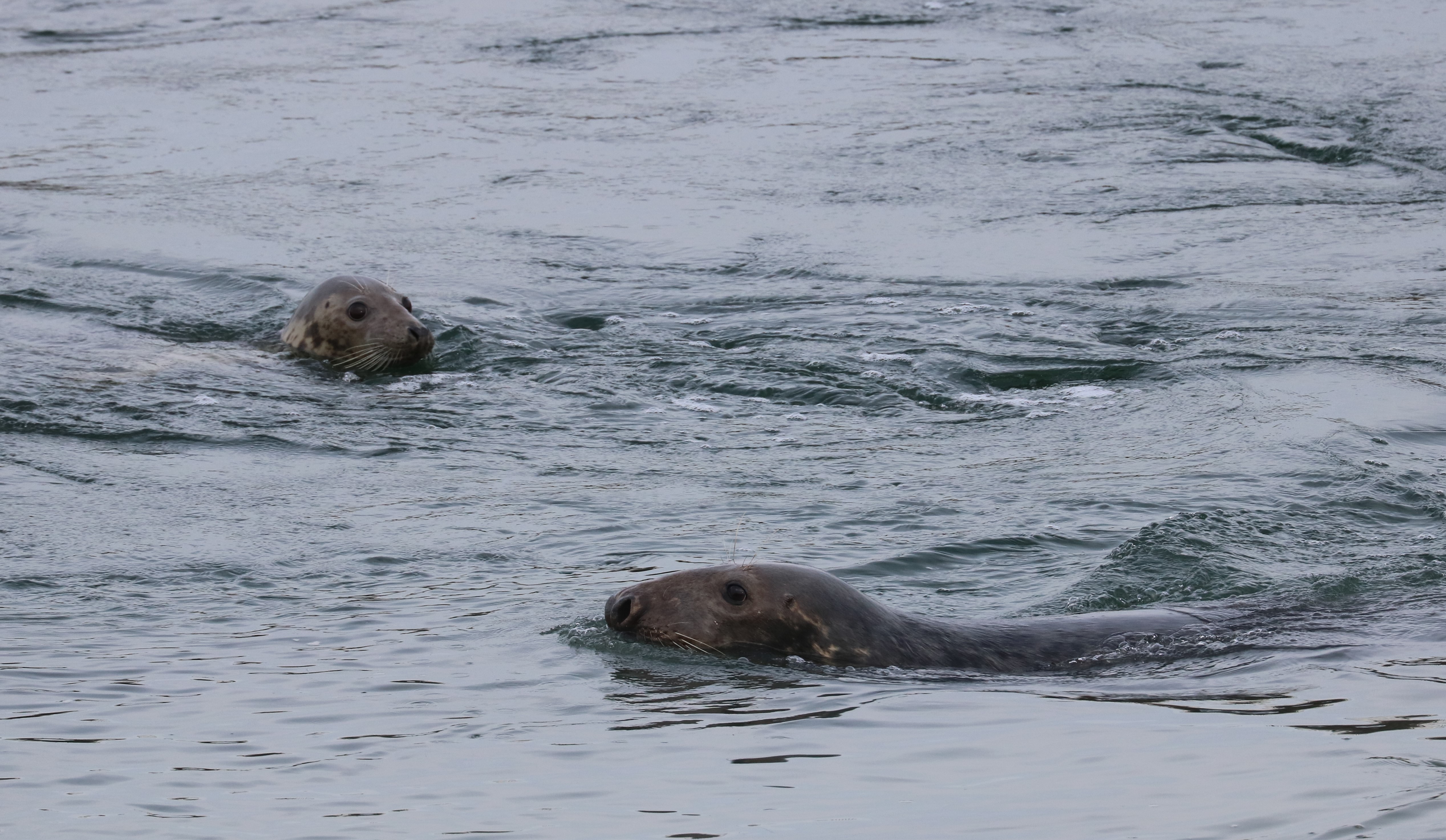
Nowadays, more seals are reported along the Belgian coast every year, following the positive trend recorded in the Netherlands, N France and SE England. Especially Harbour seals Phoca vitulina (even small groups) are seen daily, and the Grey seal Halichoerus grypus has also become established. It is perfectly normal that many people do not know how to interpret the presence of a seal on the beach, for them it is an unknown phenomenon. However, coastal areas, and therefore beaches, form an important part of the habitat of seals; they are not dolphins or whales that cannot survive outside the water. When a seal is on the beach, it does not necessarily mean that it is in trouble. More often than not this is not the case.
Sick versus Healthy
In order not to stress seals unnecessarily, but also in order not to overload emergency services and animal shelters, it is important that beachgoers are not only aware that seals nowadays form an integral part of the fauna of the Belgian North Sea and beaches, but also know how to distinguish healthy from sick seals. More and more coastal municipalities are putting effort into providing such information on panels and banners. In summary, healthy seals often adopt the typical « banana posture » (with head and tail raised), usually show no wounds, are alert and growl when approached. Sick or injured seals look much more passive, they adopt a « flat posture », show wounds and/or cough. In the latter case, and certainly in the case of a combination of these symptoms, it is worth contacting local emergency services or a specialised shelter (in Belgium, this is Sea Life Blankenberge).
Grey Seals at the End of Winter
At the end of winter, however, there may also be seals on the beach that are essentially healthy but deviate from the typical image of a healthy seal. These are often adult males of the Grey seal that are exhausted after the mating season, and may therefore appear skinny and adopt a « flat posture ». Grey seals mate mainly in December – January, and the males engage in impressive and energy-consuming fights to gain the preference of the females. Especially late and inexperienced males – who didn’t get what they were looking for during the peak of the mating season and have kept up their mating efforts and fighting spirit for longer – can now lie tired on our beaches. All they need is rest. Giving them food is out of the question, and they don’t need to be made wet (again: they’re not dolphins or whales). Moreover, because of their size, weight and impressive teeth and claws, it is not obvious to take care of these animals in a shelter. Enjoy their presence at a distance, suppress the urge for a « sealfie » (seal-selfie), and be sure to keep your dog(s) on a leash on a beach where there is a seal!
More information about seals in Belgium can be found in the annual marine mammal reports of the Royal Belgian Institute of Natural Sciences (available for 2014 to 2018, the 2019 edition is in preparation), at http://www.marinemammals.be/reports.
First Launch of the New Research Vessel Belgica
The future Belgian research vessel Belgica was launched for the first time on 11 February 2020 from the Freire Shipyard in Vigo, Spain. An important milestone following the keel laying, the equivalent of the laying of the foundation stone of a building, just under a year ago. The ceremony took place in the presence of the various project partners: the shipyard, the Federal Science Policy Office (BELSPO), Defence and the Royal Belgian Institute of Natural Sciences (RBINS). Now the ship will be further finished and provided with all the necessary equipment. The delivery of the ship in Zeebrugge is scheduled for the last quarter of this year. Then it will officially be put into service. The cost of the project amounts to approximately 54 million euros (VAT included).
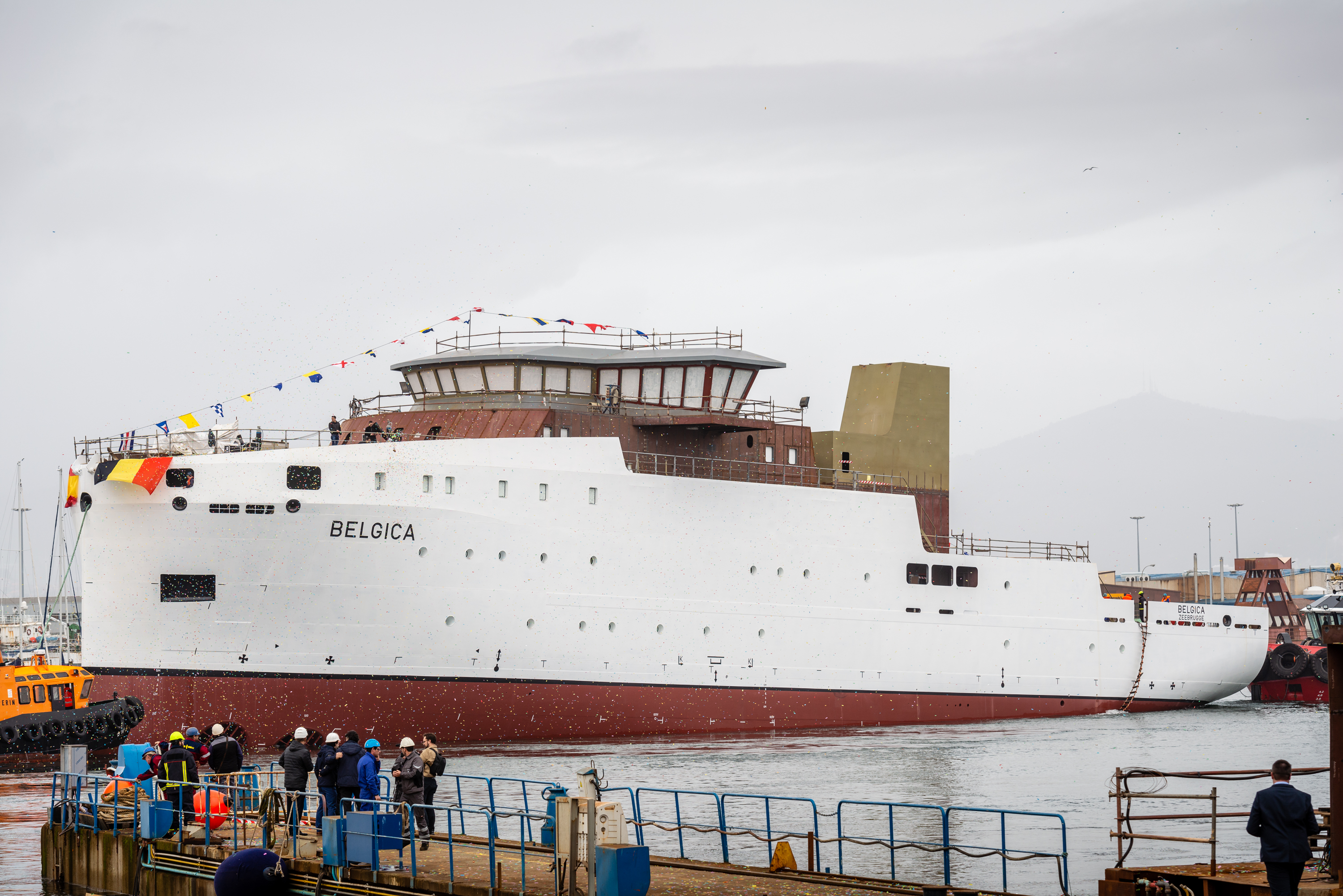
The first launch of a new ship (where the ship is literally transferred from land to water for the first time) is always considered a joyful event, which is celebrated with a formal ceremony. This includes speeches by the various project partners on the Spanish and Belgian sides, the actual launch, the signing of the book of honour and the exchange of gifts.
After a welcome speech by Mr Guillermo Freire, General Manager of Freire Shipyard, the representatives of the Belgian delegation were the first to address those present. Mr Pierre Bruyere, Chairman of the Executive Committee of BELSPO, outlined the path that led to the current collaboration and contract with Freire Shipyard, and stressed that in 2020 we will also be celebrating 50 years of continued funding of marine sciences through BELSPO’s research programmes. The arrival of the new RV Belgica will be a highlight of this celebration. Mrs Patricia Supply, General Director of RBINS, emphasized among other things the long history of marine scientific research at this institute. Many milestones were covered: from the first Belgian Antarctic expedition (1897-1899) led by Adrien de Gerlache, through the first standardised sampling of Belgian marine fauna (1898-1939) by Gustave Gilson, to the accommodation of the MUMM scientific service (Management Unit of the Mathematical Model of the North Sea) within RBINS in 1997. Division-Admiral Yves Dupont, head of the Systems Division of the General Directorate of Material Resources of Defence, then praised the way in which the close cooperation of the past years within the framework of the current RV Belgica led to an increasing knowledge of the sea, which also contributes to the success of the activities of the Navy. The knowledge that the new RV Belgica will acquire, and the continued exchange of scientific and military information, will also remain indispensable in this context.
Finally, the Belgian representatives congratulated Freire Shipyard not only on the successful way in which they are implementing the new RV Belgica project, but also on the 125th anniversary of the shipyard, which will also be celebrated in 2020.
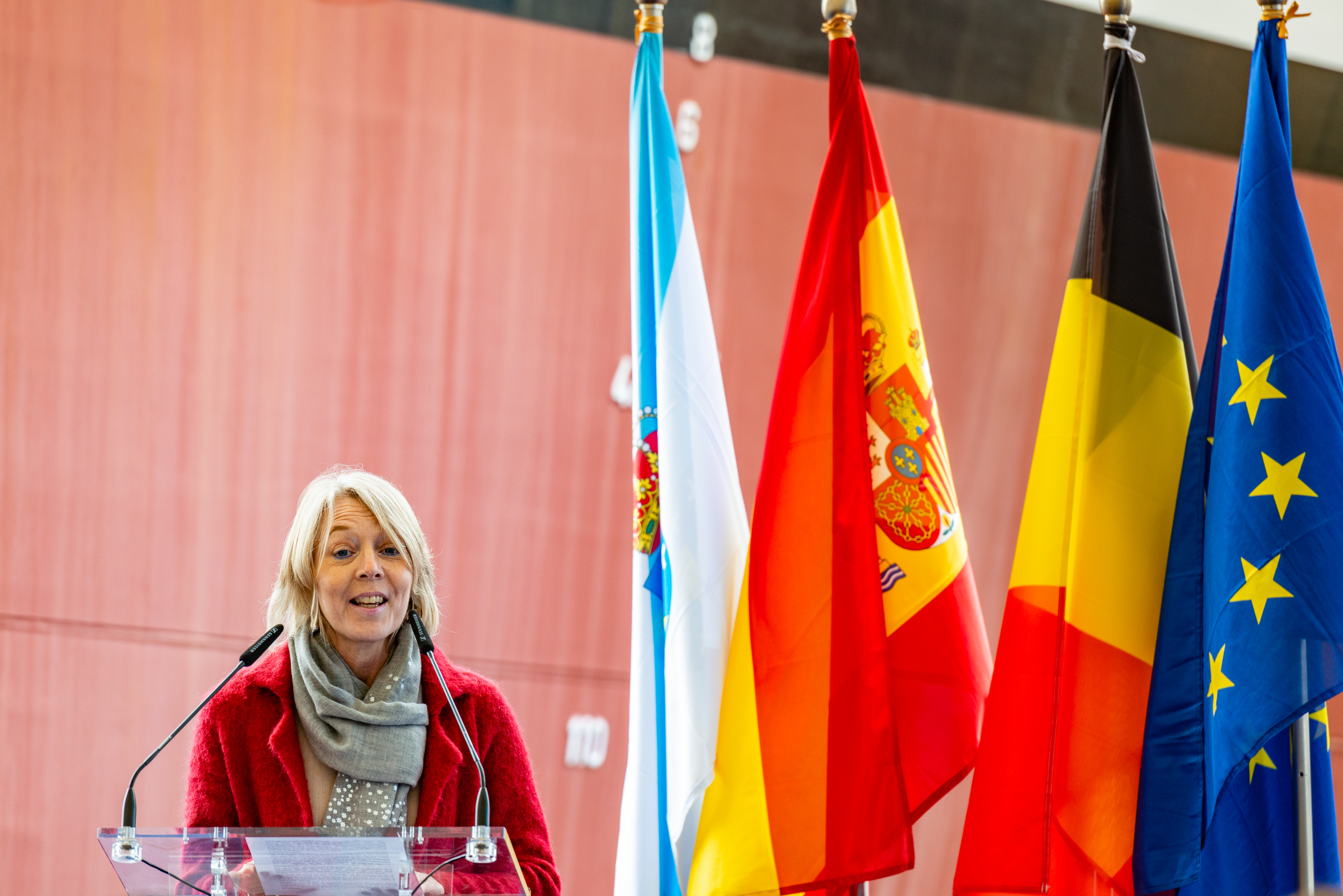
Background and Milestones of the Construction and Naming Process
After 36 years of service, with more than 1,000 scientific expeditions and more than 900,000 kilometres travelled on the counter (>22.5 times around the earth), the current Belgian oceanographic research vessel A962 Belgica (built in 1984) was in need of replacement. Therefore, on 28 October 2016, the federal government decided to build a new modern research vessel. The contract for the design and construction of the ship was awarded by the Minister of Science Policy to the Spanish shipyard Freire Shipyard (Vigo) and the Norwegian ship designer Rolls-Royce Marine AS (which in the meantime became part of the Norwegian Kongsberg Maritime).
The Directorate General Material Resources (DG MR) at the Ministry of Defence has a solid knowledge of tendering procedures. The latest acquisition of two new patrol vessels and the renewal of the mine countermeasure capacity, among other things, fitted nicely with the acquisition of this new research vessel. It therefore went without saying that the Ministry of Defence and the Ministry of Science continued to work closely together on the acquisition and monitoring of the design and construction process. Since the contract was awarded, a great deal has been achieved: the detailed plans for the vessel were drawn up, scale models were tested, and on 13 February 2019 the cutting of the steel for the construction of the new vessel was started. The keel laying took place on 27 March 2019. Less than a year later, the new RV Belgica can be launched for the first time! Afterwards, the ship will be further finished and provided with all the necessary equipment. At the end of 2020, as planned, it will be delivered in its home port of Zeebrugge to support the marine research community for the next thirty years. After 36 years of loyal service, the current RV Belgica will then end its research activities for good.
In the meantime, the name of the Belgian oceanographic ship was also determined. After a naming competition with several phases (submission of proposals by secondary schools, first selection of admissible names by a professional jury, followed by a public online vote) it became clear that the new ship will honour the Belgian tradition and will also go through life as RV Belgica. The Federal Minister for Science Policy announced this on 25 April 2019 in the presence of the winning class 1LA of Athénée Maurice Destenay in Liège, after which students and minister could enjoy a sea voyage on the current A 962 Belgica.
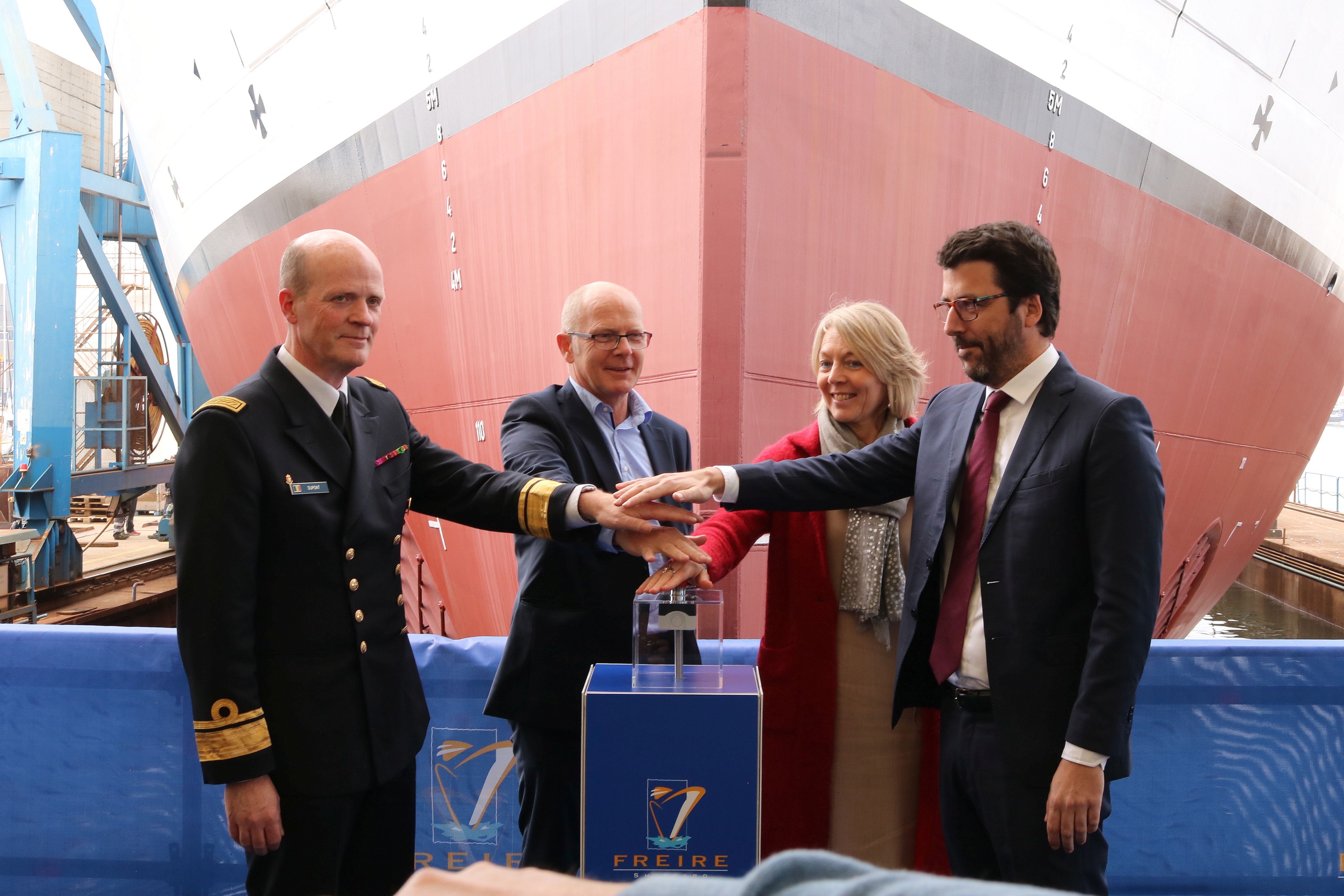
Future of the New RV Belgica
Compared to its predecessor, the new RV Belgica is larger (71.4 m compared to 50 m) and offers more space to the scientists (a doubling of laboratory space with a capacity to take up to 28 scientists on board). The new RV Belgica will guarantee compliance with our country’s national and international obligations and ensure continuity in the support of marine sciences. In this way, the new RV Belgica will continue the important role of the current A962 Belgica in monitoring the state of the Belgian and surrounding marine waters, as well as in fundamental scientific research.
The new Belgica will also be equipped with state-of-the-art scientific equipment that will allow samples to be taken up to a depth of 5,000 m. The new vessel will also be a silent vessel (important for fisheries research, among other things) with a light ice reinforcement to be able to conduct research in Arctic areas during the summer. Although the North Sea will remain the main focus area of the new vessel, the research area extends further than the current RV Belgica: northwards to above the Arctic Circle, further south including the Mediterranean and Black Seas and westwards to the Atlantic Ocean. The ship will have an autonomy of 30 days and will carry out up to 300 days of research at sea each year.
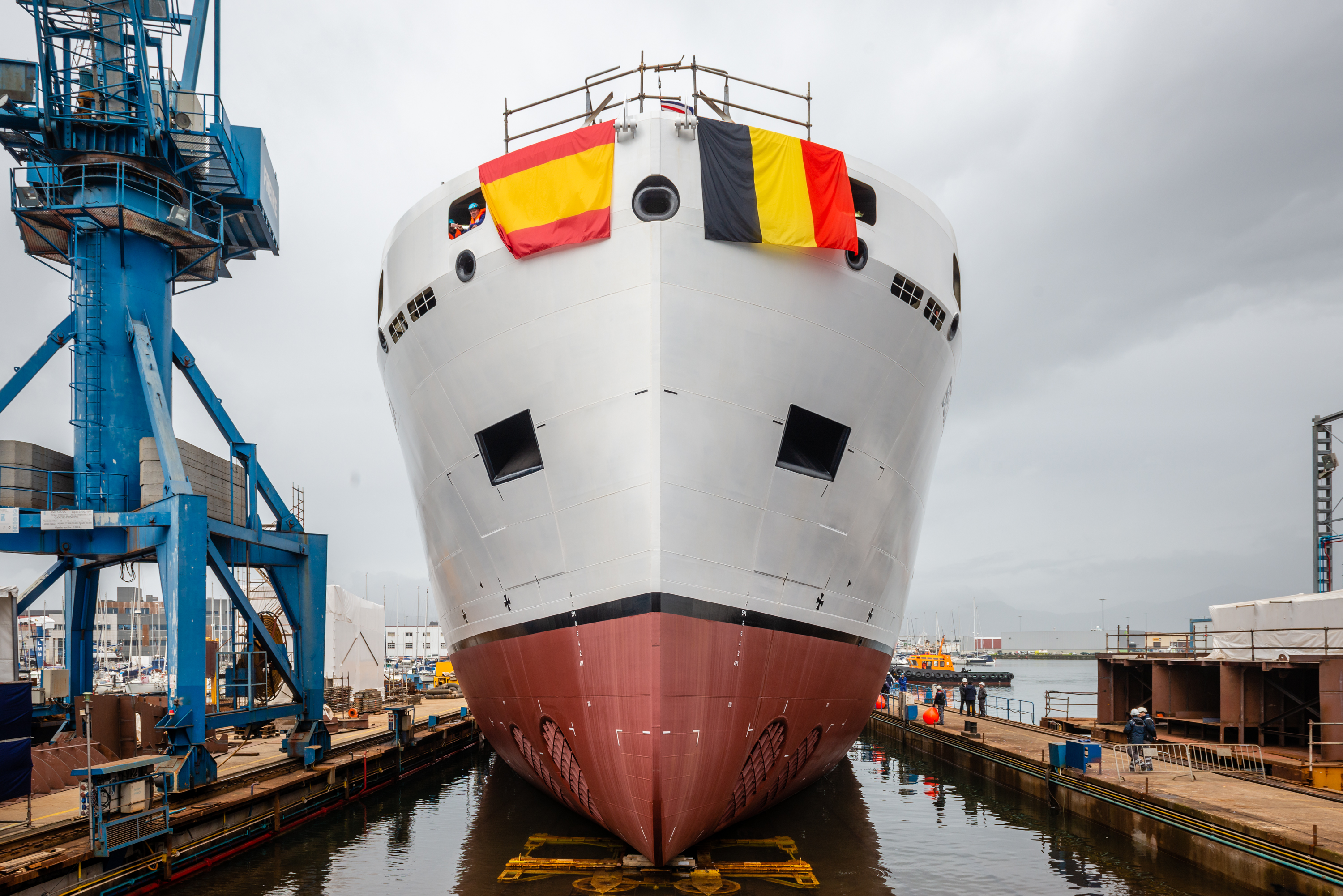
International Dimension
The international dimension of science will also be given due attention in the agenda of the new RV Belgica. Just as the current RV Belgica already formed part of the European EUROFLEETS network (in which international scientists can obtain shipping time on foreign research vessels), the new RV Belgica will also remain active within this network. Also under the umbrella of the European Marine Board, Belgium (represented in this dossier by Dr. Lieven Naudts, ‘New RV’ project manager for RBINS) participated in a study on the status of the European fleet of research vessels, and helped determine the key role these vessels play now and in the future in the pursuit of a better understanding of the oceans, the functions they can perform for us, and the preconditions within which human activities can be permitted. A ‘European Marine Board Position Paper’ on this theme was published in the autumn of 2019. Since June 2019, Dr. Naudts also assumes the position of chairman of the European Research Vessel Operators group (ERVO).
Thanks to the new RV Belgica and the European framework, Belgium remains at the forefront of sea-related science and technology, helping to ensure that Europe can remain a world leader in marine science and exploration.
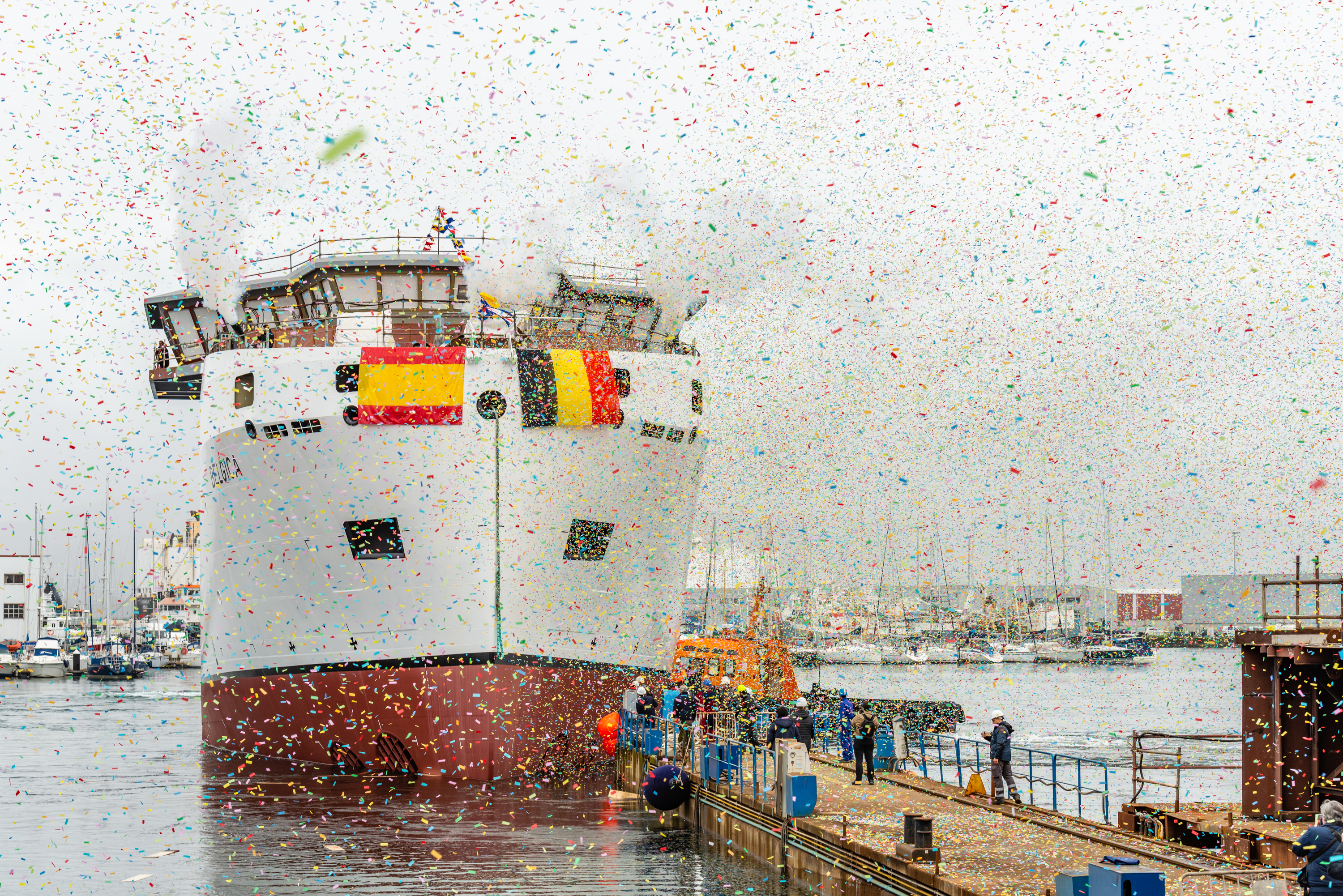
The ‘NewRV’ project became reality thanks to the collaboration between the Royal Belgian Institute of Natural Sciences (RBINS), the Ministry of Defence and the Federal Science Policy Office (BELSPO). The new Belgica will be owned by the Belgian State, represented by the Federal Science Policy Office (BELSPO). Operational management will be provided by the Royal Belgian Institute of Natural Sciences (RBINS) in collaboration with Defence and a private operator.
More information about the ‘NewRV’ project and the technical specifications of the new ship can be consulted at http://www.belspo.be/NewRV, where the construction process can also be followed.
Mysterious dolphin skull in Braine-le-Château (Brabant wallon)
On Saturday 25 January 2020, a hiker was very surprised when he found a peculiar animal skull along the road, with meat and fat remains still on it. The scene of the event was Braine-le-Château, a small green community in the province of Brabant wallon.
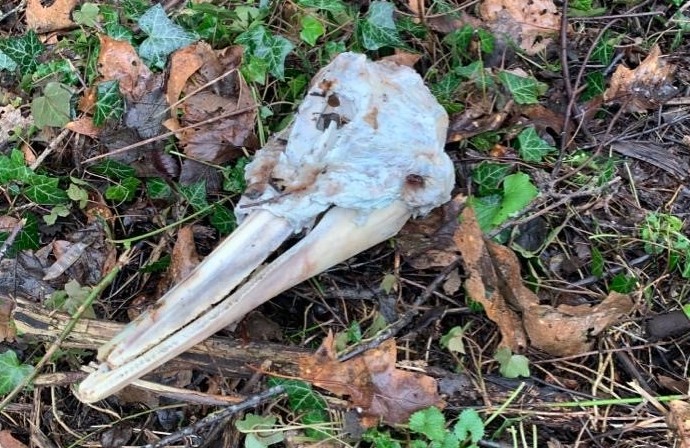
Not special? Yes, as it appeared to be the skull of a dolphin, and the hiker happened to be someone with knowledge on the subject. It is the skull of a Common dolphin (Delphinus delphis) or a Striped dolphin (Stenella coeruleoalba), two species whose skulls are not easily distinguishable from each other. These species only rarely end up in the North Sea, their normal Atlantic range extending only to the western part of the English Channel.
How did this skull end up along a small road close to the E19 between Nivelles and Brussels? Wild speculation … That the animal swam up the Scheldt, and then reached the site via tributaries, through locks, can be excluded. That the animal was dragged to the site after being stranded by, for example, a fox, seems equally unlikely.
All information that can contribute to solving this mystery is welcome at kmoreau@naturalsciences.be.


